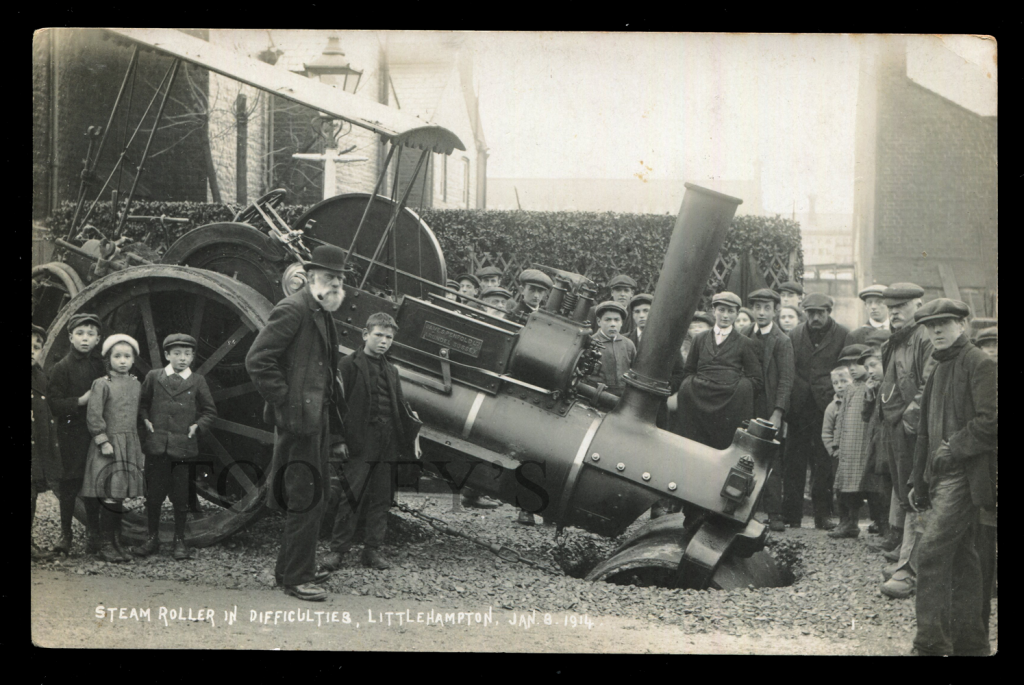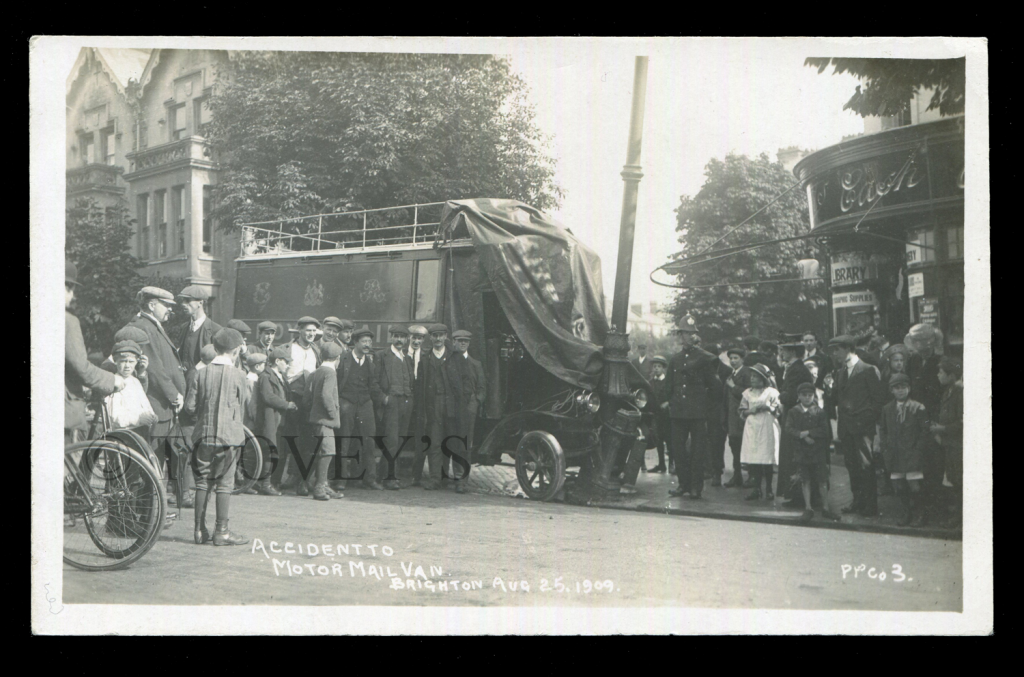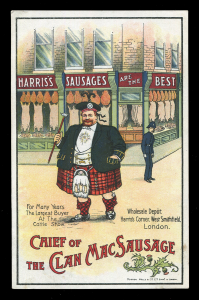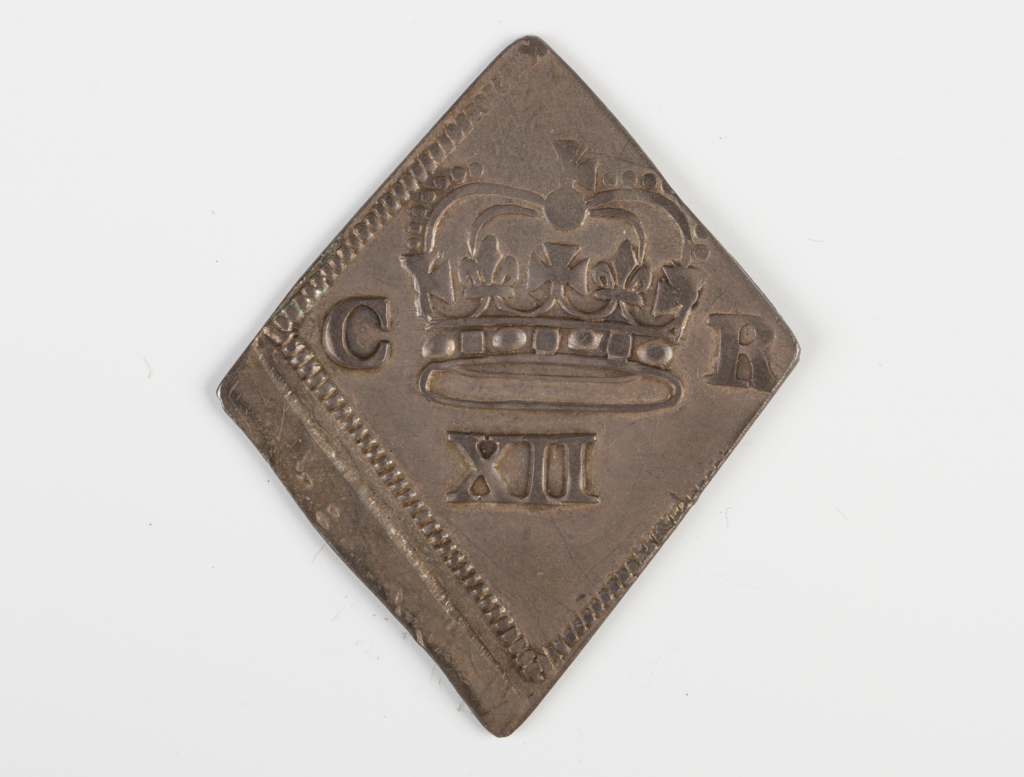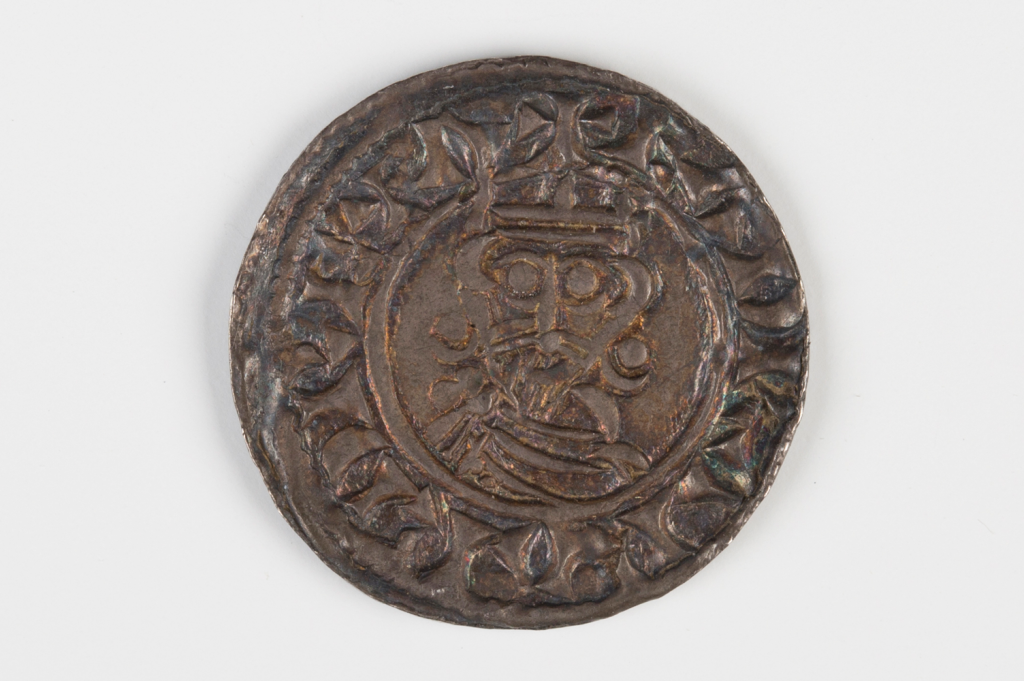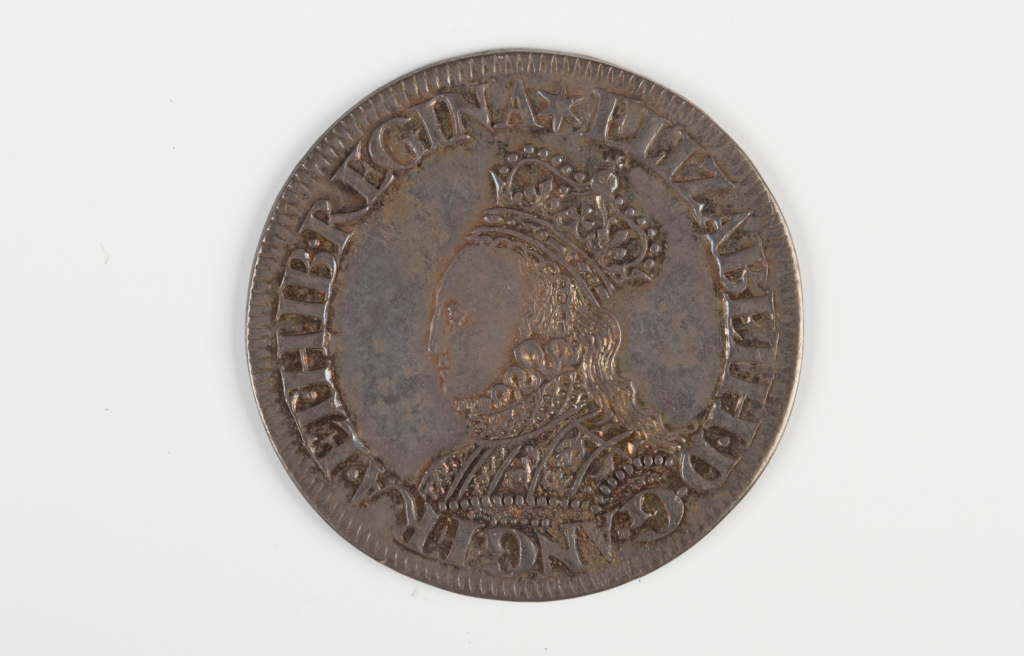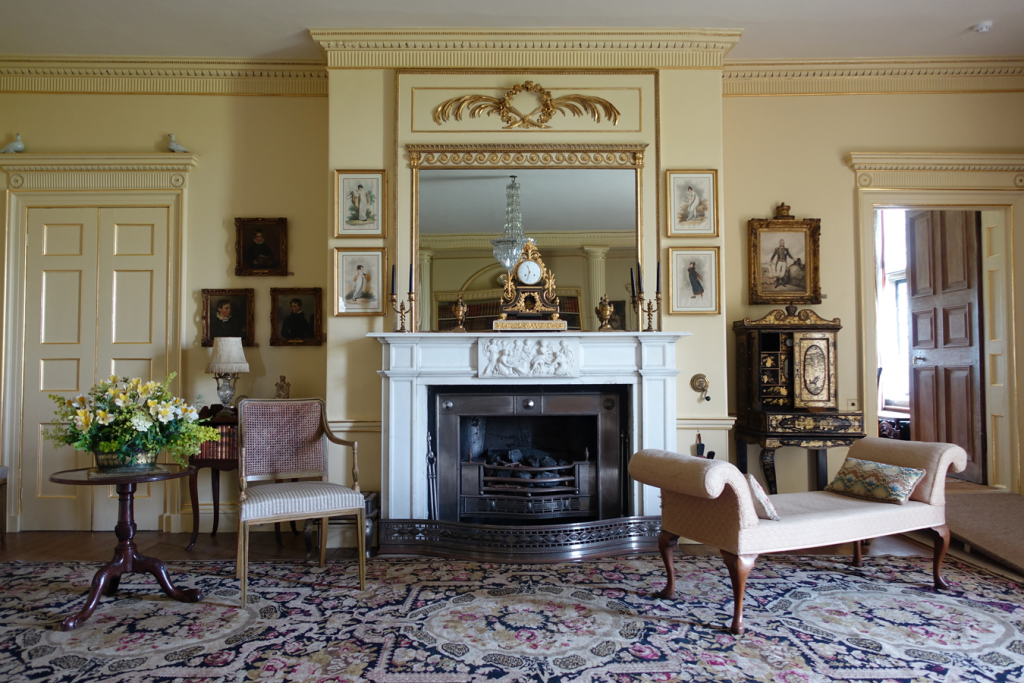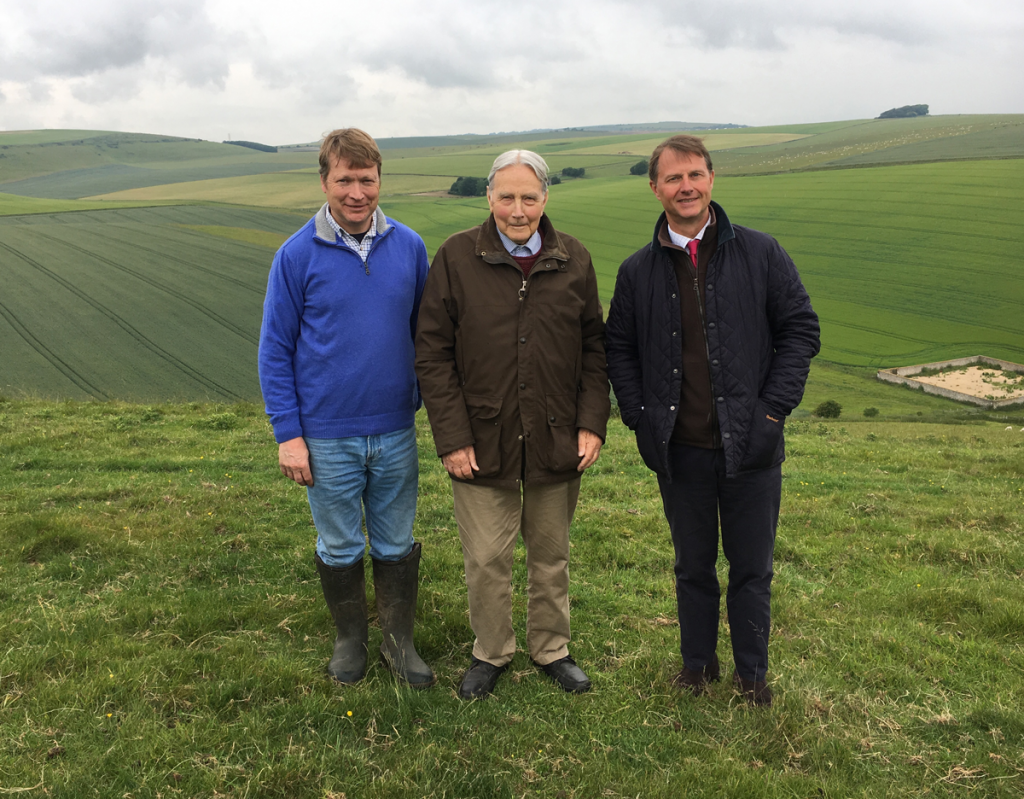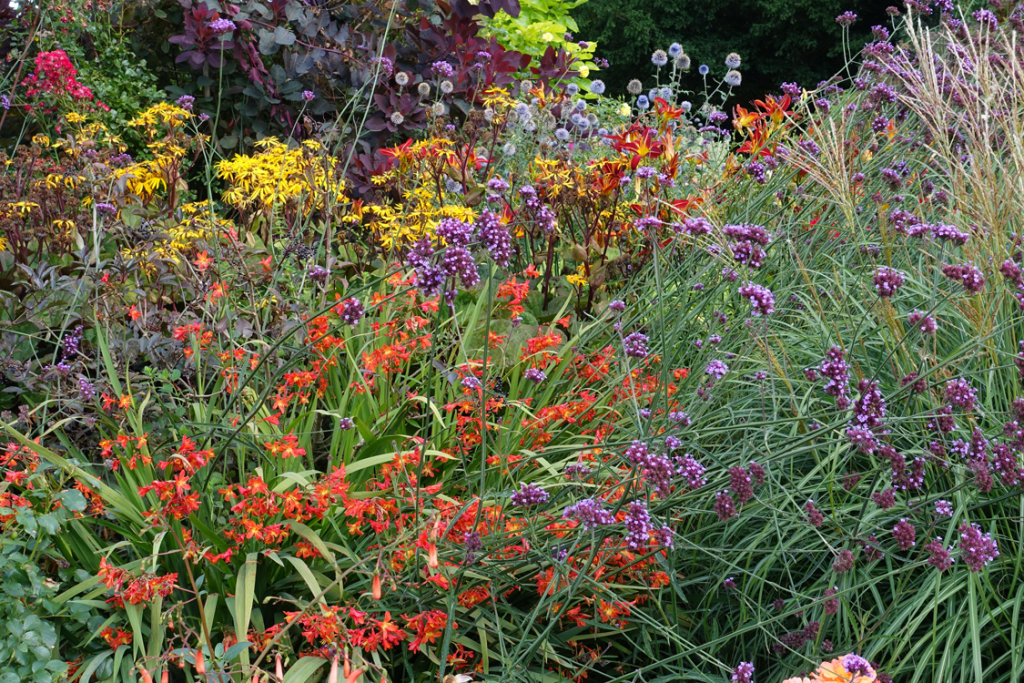
This week I am returning to Borde Hill Garden near Haywards Heath to enjoy the vibrant summer borders and the 20th Anniversary Sculpture Exhibition. I am met by Andrewjohn Stephenson Clarke whose great grandfather purchased the house in 1893 and created the now Grade II* listed gardens and important plant collections.
Andrewjohn says “Borde Hill has always been an experimental garden to try new plants. The first of these were brought back by plant hunters in the late 19th and early 20th centuries.”
This spirit of adventure is alive and well under the stewardship of Andrewjohn and his wife Eleni. This is apparent in the Round Dell garden. Its contemporary design has at its centre a thin, tapering path defined by low concrete walls which leads you through the rich foliage and planting. Amongst these are a number of exciting new specimens found by contemporary plan hunters, including varieties of Schefflera, and unusual evergreens like Daphniphyllum macropodum.
I love the strong summer colours at Borde Hill. The Mid-Summer Border, just off the South lawn, delights with its vibrant coloured perennials, grasses and shrubs.
The garden reveals itself as a series of rooms. The sculptures compliment the planting and vistas allowing us to see the garden in new ways.
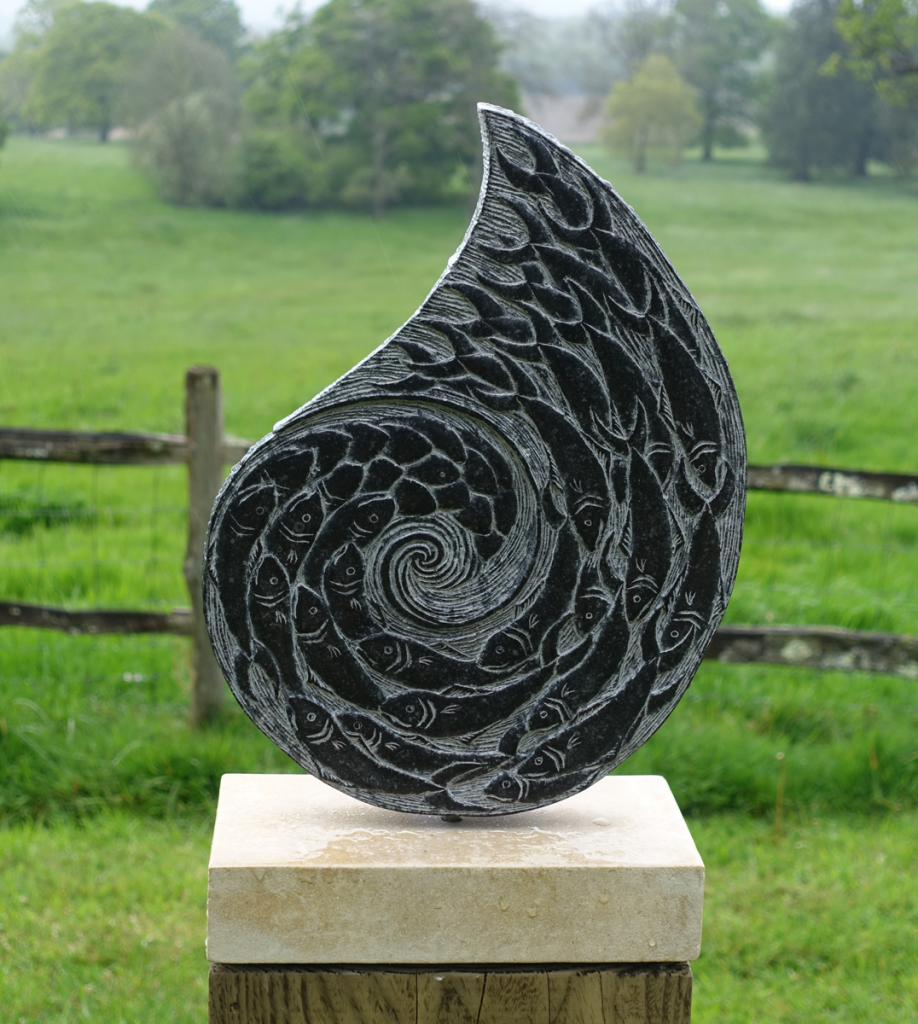
My eye is taken by a sculpture by the Devon based artist, Zoe Singleton who works predominately in stone natural to the British Isles. It is titled ‘The Turning Tide’ and is carved from Kilkenny Fossil Stone. It sits dramatically on its Larch plinth against the backdrop of Borde Hill’s 200 acres of parkland and woodland. The rhythm and movement of the shoal of fish seems to be echoed in the landscape.
Writing about her work Zoe has said ‘My work is frequently described as “poetic and lyrical”, garden sculpture being inspired by my love of gardening as well as the dramatic coastline of the South West and the rugged geology of Dartmoor which has a continued presence in my work.’ Her words resonate with Borde Hill Garden.
The lives of Andrewjohn and Eleni Stephenson Clarke are bound to this place and the garden in a very personal way. Their forward looking stewardship ensures that the past is valued and preserved but that the garden is constantly evolving and changing in a very contemporary way.
Why not enjoy the art and this beautiful garden in the company of family and friends this coming August Bank Holiday weekend. There is plenty for children to enjoy including an adventure playground. The 20th Anniversary Sculpture Exhibition runs until the 30th September. For more information on opening times and forthcoming events go to www.bordehill.co.uk or telephone 01444 450326.
By Rupert Toovey, a senior director of Toovey’s, the leading fine art auction house in West Sussex, based on the A24 at Washington. Originally published in the West Sussex Gazette.
